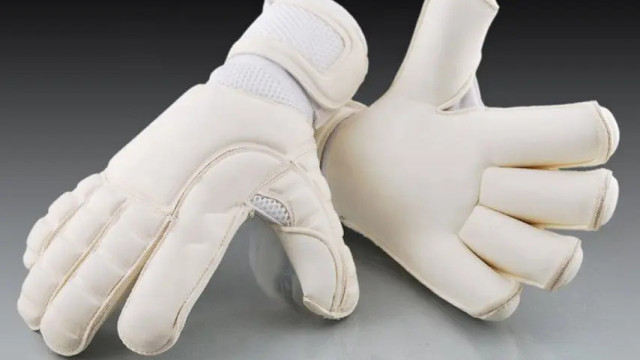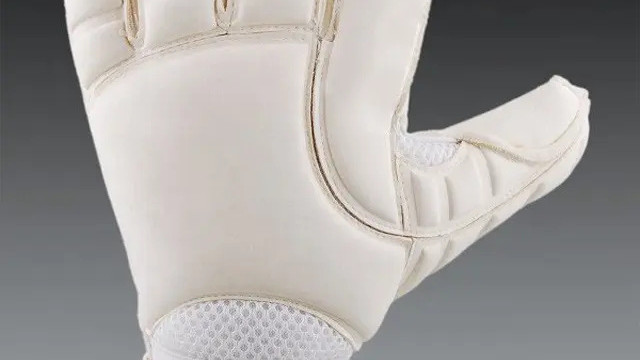Manufacturing custom design goalkeeper gloves involves a specialized and intricate process to create high-quality gloves tailored to the unique preferences and requirements of individual goalkeepers. Here are some key details about the process:
- Design Consultation: The process typically begins with a consultation between the manufacturer and the customer (goalkeeper or team) to understand their specific design preferences and performance needs. This includes factors like glove size, fit, color scheme, branding, and any special features or technologies desired.
- Material Selection: The choice of materials is crucial in goalkeeper glove manufacturing. Manufacturers select high-quality materials for various parts of the glove, including the latex used for the palm grip, the backhand material for flexibility and protection, and the closure system (straps or Velcro) for secure fit.
- Cut and Stitching: Goalkeeper gloves come in different cuts, such as flat cut, roll finger, or negative cut, which affect the fit and feel of the gloves. The selected cut is used as a template for stitching the various pieces of the glove together to ensure a snug fit.
- Palm Latex: The palm is the most critical part of a goalkeeper glove. The choice of latex foam is vital, as it directly affects grip and durability. Manufacturers use various types of latex, each with different characteristics, such as grip, cushioning, and durability. The latex is applied to the palm and allowed to dry.
- Backhand Design: The backhand of the glove is designed according to the goalkeeper’s preferences and may include additional features such as embossed patterns, ventilation, and impact protection.
- Closure System: The closure system ensures a secure fit on the goalkeeper’s hand. It can be a strap, Velcro closure, or other innovative systems, and it is usually adjustable for a personalized fit.
- Custom Graphics and Branding: Custom design goalkeeper gloves often include personalized graphics, team logos, and branding. Manufacturers use printing or sublimation techniques to apply these graphics to the gloves.
- Quality Control: Stringent quality control processes are in place to ensure that each glove meets the specified design and performance standards. This includes checking the fit, stitching, latex quality, and overall construction.
- Testing and Feedback: Some manufacturers may provide the goalkeeper with prototypes for testing and feedback. This iterative process helps fine-tune the design to the player’s satisfaction.
- Production and Delivery: Once the custom gloves meet all quality standards and design specifications, they are produced in larger quantities and delivered to the customer or team.
- Care and Maintenance: Manufacturers often provide guidelines on how to care for and maintain goalkeeper gloves to maximize their lifespan and performance.
Custom design goalkeeper gloves are highly sought after by professional and amateur goalkeepers alike, as they provide a personalized and tailored fit that can enhance performance and comfort on the field. The process requires precision, attention to detail, and the use of advanced materials and technologies to create gloves that meet the unique demands of each goalkeeper.



